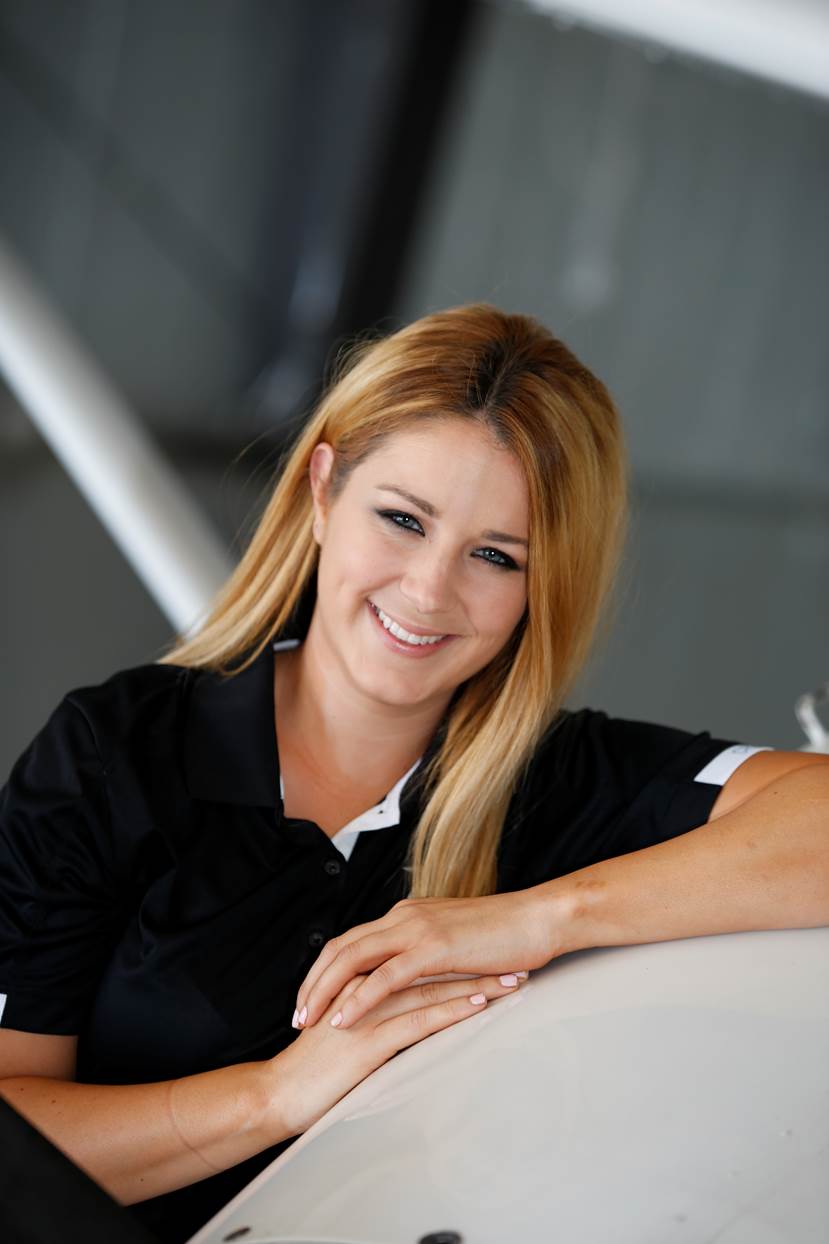Senate addresses maintenance tech shortage
What is quickly becoming a critical shortage of aviation maintenance technicians has caught the attention of the U.S. Senate.
In an attempt to spur more new A&Ps, Sens. Jim Inhofe (R-Okla.), Richard Bluementhal (D-Conn.), Jerry Moran (R-Kan.), and Maria Cantwell (D-Wash.) sponsored the Aviation Maintenance Workforce Development Pilot Program, which was introduced March 7. The bill has overwhelming support from a diverse group of aviation industry organizations including AOPA.
Sen. Inhofe spoke about the importance of recruiting the next generation of America’s workforce, saying, “Our aviation industry needs skilled workers and the aviation maintenance industry provides high-paying, high-skilled jobs across the country. Aviation is an economic multiplier, connecting local communities and cities in support of commercial activity and generating tourism revenue.”
Under the bill, $5 million per year would be allocated to the pilot program, which would provide grants of up to $500,000 to support workforce development initiatives including scholarship programs, student outreach, transitioning veterans to new careers, and enhancing aviation technical education.
“Aviation is a cornerstone of the American economy and this bill will help give American workers the skills they need to find good-paying jobs,” said AOPA President and CEO Mark Baker. “This legislation will help ensure that the future of aviation remains viable and that aircraft owners will have the resources they need to keep our airplanes flying safely for decades to come.”
But it’s not just technicians that are needed. Boeing’s job outlook predicted a demand for some 637,000 commercial pilots and 839,000 cabin crew in the next 20 years.
AOPA is working with the industry and Congress to address the pilot shortage and is taking its own steps with the You Can Fly initiative, which consists of several different programs designed to grow the pilot community and make flying more accessible and affordable. Along with a program to build and sustain high school aviation-based science, technology, engineering, and math programs and give young people the opportunity to pursue careers in aviation, You Can Fly supports flying clubs, encourages best practices in flight training, and gets lapsed pilots back in the air with the Rusty Pilots program.
Sixteen other groups signed on in support of the Aviation Maintenance Workforce Development Pilot Program including the Aeronautical Repair Station Association, Aerospace Industries Association, Aerospace Maintenance Council, Aircraft Electronics Association, Aircraft Mechanics Fraternal Association, A4A, Aviation Suppliers Association, Aviation Technician Education Council, Cargo Airline Association, General Aviation Manufacturers Association, Helicopter Association International, Modification and Replacement Parts Association, National Air Carrier Association, National Air Transportation Association, Professional Aviation Maintenance Association, and Regional Airline Association.




